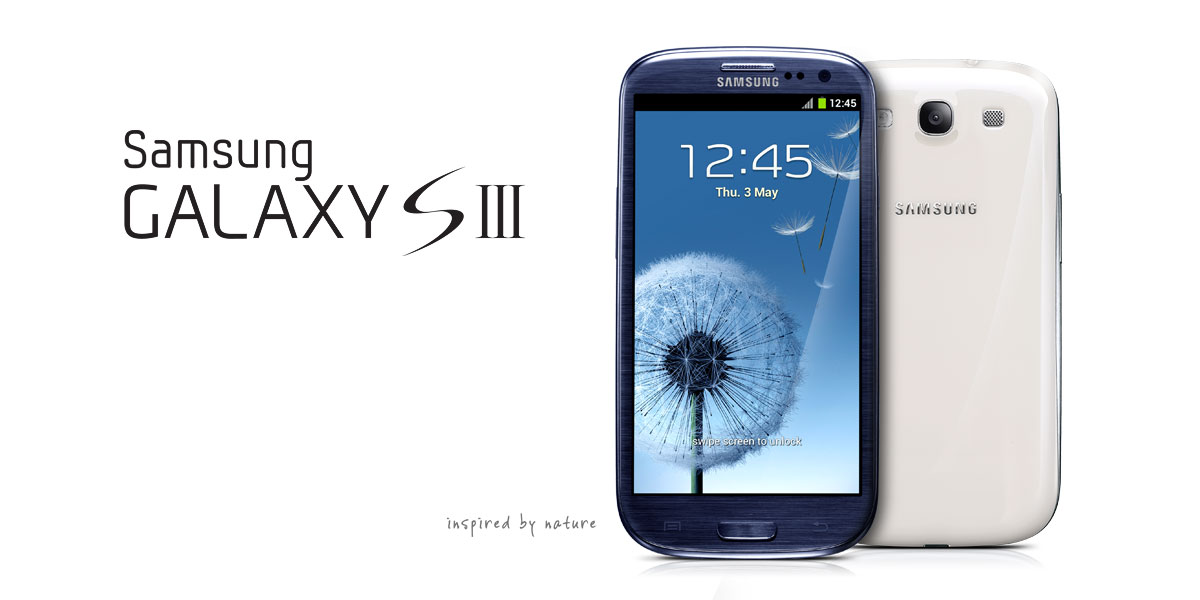 During the Social Media Week 2013 in London, or as you might have seen it on Twitter #SMWLDN, two things became clear: Facebook was highlighting strongly that the platform is all about reach, not engagement as it used to be, while Google was claiming Google+ is all about engagement, not reach. Interesting. It seems like these two giants swapped their key messages and were attacking each other’s “weak points.”
During the Social Media Week 2013 in London, or as you might have seen it on Twitter #SMWLDN, two things became clear: Facebook was highlighting strongly that the platform is all about reach, not engagement as it used to be, while Google was claiming Google+ is all about engagement, not reach. Interesting. It seems like these two giants swapped their key messages and were attacking each other’s “weak points.”
Even if Facebook has increased its profits especially on mobile after the IPO disaster, it has cost the platform dearly in terms of usability and user engagement. With the ever changing “Edge rank”, both companies and users are struggling to get their message across – without paying – and news feeds end up looking like a cluttered advertising board with status updates from not so relevant people and companies. However, when “clutter” was mentioned in the Facebook keynote QA, the company was quick to reference to their constant user studies and polls, as well as random user engagement testing on the platform: according to Facebook, some users see 1-2 sponsored stories per day, while others see 12-13. Apparently the amount of ads does not have any negative effect on time spent on platform. Hmm, maybe not the time spent, but engagement yes. But as we “all should know”, Facebook is not about engagement anyway, it is about reach – with tailored ads you are able to reach whoever you want to target wherever you want 24/7. User engagement is so last year.
Google on the other hand has been toughly criticised for the small amount of users it has on Google+ platform – also during #SMWLDN – and it most probably decided to focus on user engagement instead of global reach, because it knows it does not have as many users as Facebook. To boost the stats, the company recently gave YouTube users a Google+ profile as well as integrated Google+ comments last week together with YouTube comments. Still, some people – and company representatives in panels – said the platform is a waste of budget and time. I would have agreed few months ago, before Google refreshed the social network and I started using it personally. I realised that just because you don’t understand it does not mean it is useless. I have collected few key points I have learned in the last few months.
8 Tips on how to use Google+:
- Don’t assume Google+ is Google’s version of Facebook – it is not. Google plus is not about friends speaking with friends – they have Facebook for that. Google+ is about communities and social recognition as well as connecting with like minded people across the world. Let’s be honest – how many of your Facebook friends or real friends love what you love? How many of them sigh or start playing with their mobile when you passionately talk about the marathon training you are doing – again for the 5th time? In Google+ whether you love running, Android, Windows, iOS, Linux, travel, or photography, there is a group of people who are interested in same things you are and are willing to give tips, help, and comment AND they even get as excited as you are of your new computer wallpaper or photograph you made with your new Lumia 1020. Getting social recognition with “1+”, comments and shares in the community that understands your passion brings a boost of confidence – as “like” button used to.
- Don’t post same posts as in Facebook – they don’t work. Why? The audience is different. Almost everyone is on Facebook, but Google+ has more selective audience, which brings me to the next point…
- Investigate who your audience is and what they are interested in. Test different posts and users’ reaction to them. Do they appreciate funny things, travel, cars, mobiles, high-quality photographs, exclusive information, backstage photos, product images, etc. Have a quick look at users’ profiles – which communities do they belong to? If your post is targeted to that community, the user might very well share the information in that specific community for a large amount of users.
- Reach out to communities to offer help, information and support – but do not spam. Don’t even think about posting an offer in an external Google+ community – it will be classified as spam and will result in negative feedback. What however is welcome, is giving your industry – or product – related advice or tips. You are also able to reach out to community creator to see whether you could do a collaboration. For Nike, think running. For Mercedes, think cars. For HTC or Sony, think Android. Use common sense.
- Identify YOUR influencers and interact with your users. Google analytics is great, but it is also worth checking who shares and comments your posts most. Also check who has most followers and which communities they belong to. Constant feedback I get is that brands don’t talk and interact with people in Google+. Of course they don’t if they just copy paste whatever they post in Facebook and leave the community alone. Google+ community also needs cuddles. Be different and stand out in community management.
- Track performance. Sounds obvious, but is often forgotten.
- Remember it is clutter-free: No ads, few competitors. Do I need to say more?
- Do not underestimate the power of Google. Google+ as a social network does not have as incredible global reach as Facebook, but don’t forget that no-one beats Google in search. Having an active Google+ community and having G+ recommendations on your site, blog and Android app have a strong effect in search algorithm and ranking. G+ is integrated in whatever Google does. Whether you are convinced to have a Google+ page or not, can you afford not to?
Even though sometimes sarcastic, I am a strong believer in both Facebook and Google+ platforms. Both have what other does not, and used well together they both can boost your business and social relevance across the globe. Both platforms need relevant content, that makes users tick. In Facebook, instead of massive sale creative, use something related to your industry and tie it together with sale. Make the sale relevant – why do they need the product or service? In Google+, not having a lot of competition does not mean you can send various messages per day – just like in Facebook, test the best time and day to reach your audience and influencers.
When you understand the way platforms work and get into the minds of users – no social network can be classified as “a waste of time.” Instead, you enjoy boosted sales when the other companies “do not get it”.








I setup my G+ account early to reserve my name, then ignored it as noone was there. When my content team explain earlier this year that Google authorship wasn’t enough, that 37 people following me didn’t say expert, I got it … and I’ve been pleased with what I’m learning.
I actually love G+ because you’re able to curate the content you want to see, and un-circle those who’s content you don’t like, and it’s like the modern day melting pot learning what people from around the world like.
The interaction is so much better than Facebook, it’s worth the extra effort … and I haven’t even figured out how to use shared circles.